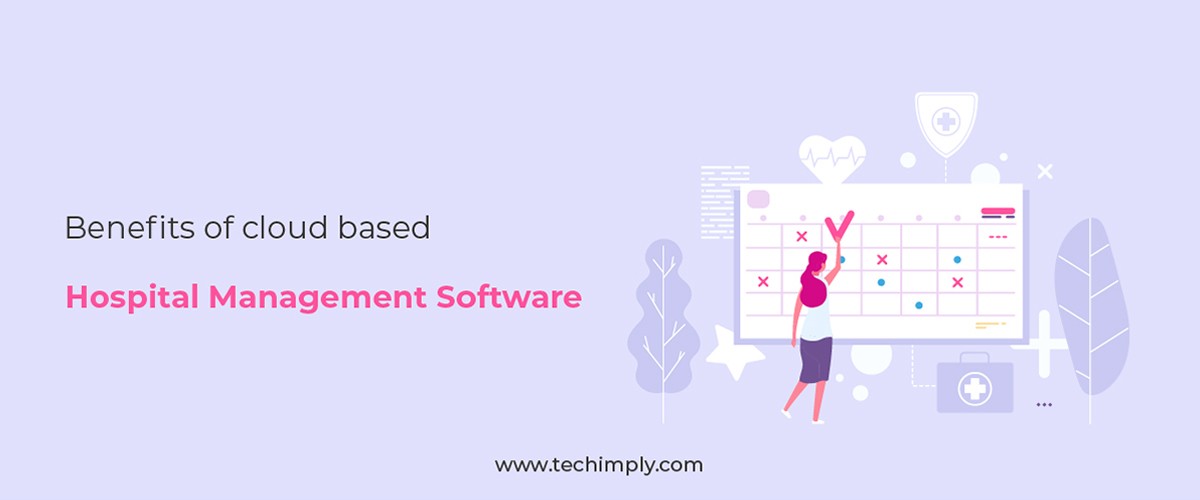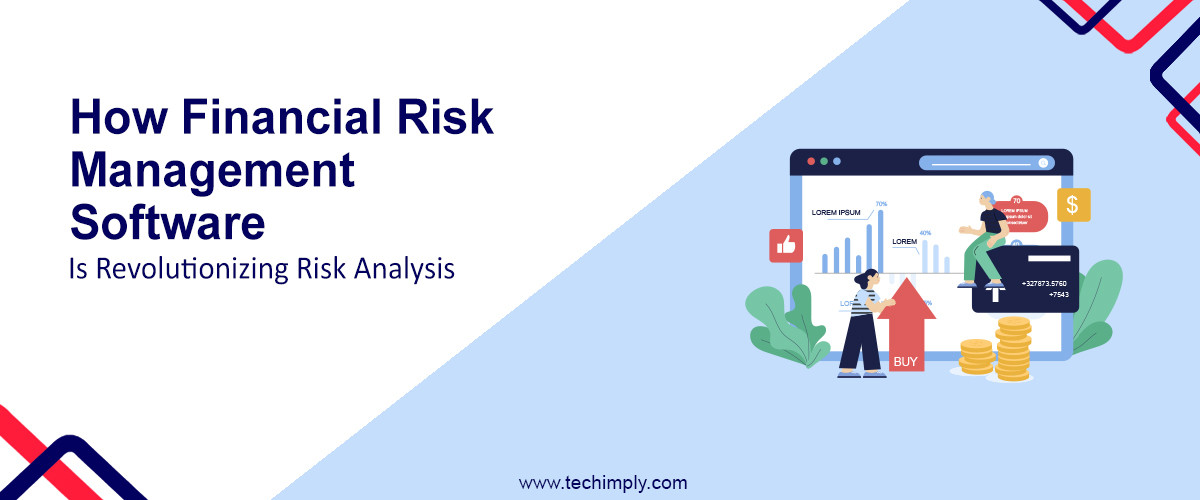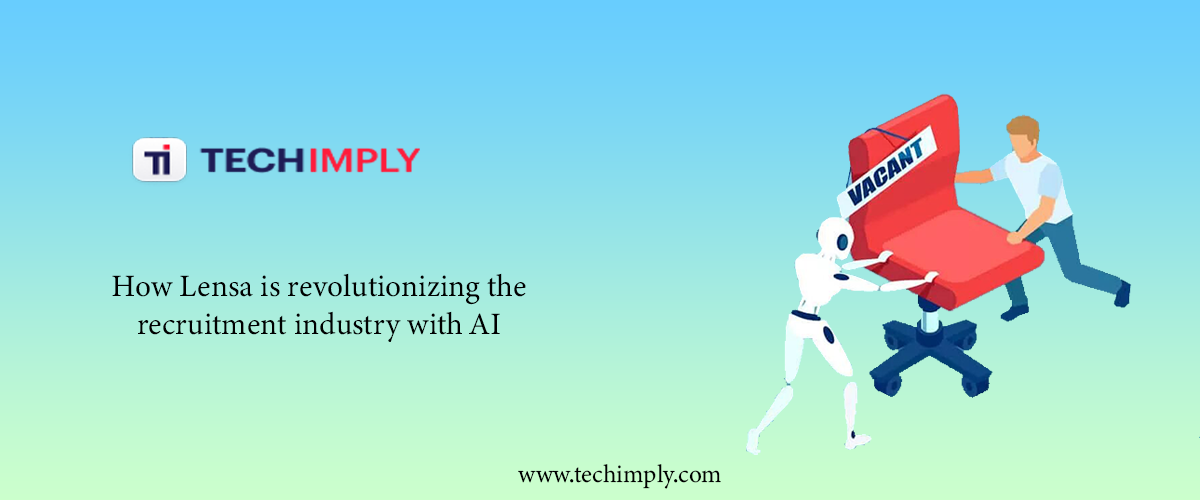The healthcare industry is not just expensive but also the most consequential to run. This is because many factors affect it and it takes a lot of time and effort to manage them. And if anything goes wrong, its implications are far and wide. Implementing a proper solution can provide you with many benefits and no possible drawbacks. One of those solutions is named Healthcare SaaS.
If you are thinking of starting a healthcare SaaS project, you can either outsource it to highly-rated healthcare SaaS services providers or can hire experts to do it for you in-house. Nevertheless, you need to have a better understanding of the concept before you start on your journey.
This article will give you an overview of what SaaS means for the healthcare industry, how it can help you, and how you can use it to get better results.
What is SaaS?
First things first, to give clarity, SaaS stands for Software as a Service. You can access these software services using a mobile application or a web browser. SaaS is a cloud-based software deployment model that offers businesses and organizations the ability to access all their tools from anywhere at any time.
Healthcare SaaS benefits
- There are no ongoing costs with SaaS. This will help you reduce your IT costs significantly. It also allows you to manage your budget better.
- A scalable SaaS solution gives organizations the ability to increase or decrease staffing as needed without having to incur expensive infrastructure costs. It enables you to efficiently fulfill the customers’ requirements.
- SaaS can help healthcare providers manage their databases including patients' medical records more efficiently. This will help promote transparency and offer a personalized experience to the patients.
- Increased flexibility for organizations by allowing them to run the same application on multiple devices, including mobile devices, tablets, and desktops.
- Healthcare marketing agency improved user experience by providing access from any location or device at any time.
Healthcare SaaS Trends
Artificial Intelligence (AI)
Artificial intelligence software is the technology that enables computers to perform tasks that require human intelligence, such as visual perception and speech recognition. Nowadays this technology can also be leveraged to enhance the quality of healthcare services.
One example of AI being used in healthcare is in robotic surgery, which involves operating robots on a patient’s body. The robot has pre-programmed instructions for each step it should take during surgery, but it also has an AI component that can adjust its actions depending on what it sees happening inside the body. For example, if there’s blood coming out of an incision, it knows to stop cutting.
Multiple Clouds
One way that healthcare organizations are utilizing SaaS is by adopting multiple clouds: one dedicated to certain tasks or sectors of your business; another for other applications and services; and yet another for disaster recovery purposes. By using multiple clouds you can ensure that your business always has access to its critical data even when one cloud goes down whether due to natural disasters or otherwise without having to worry about losing complete control of your infrastructure in the process.
Vertical SaaS
Vertical SaaS has been around for some time now, but it has grown tremendously over the past couple of years as more physicians are finding ways to outsource their business needs.
Vertical SaaS solutions are typically designed for one specific industry or use case and often require a high level of customization to meet the needs of a particular customer base. Because vertical SaaS is focused on solving a specific problem in a very narrow context, it can be difficult to scale beyond that initial customer base.
PaaS Migration
The process of migrating an on-premise app to the cloud-based PaaS is called PaaS migration. This can be done using an automated process or manually.
When an organization chooses to migrate its current application to a cloud-based platform, it must decide how they want to migrate its data and what kind of control they want to have over its resources.
Manually migrating an on-premises application requires hiring a consultant who has previous experience working with your current system and its complexity. The process will likely take longer than if you had chosen a PaaS solution in the first place.
Pay-Per-Use
In the healthcare industry, a pay-per-use model is becoming more common. It is a payment model that allows you to pay just for the services that you use for a limited time. This model has gained much popularity over the annual subscription-based payment model.
The benefit of this type of model is that it helps keep costs down for your organization by not requiring up-front investments in infrastructure or staff training. Instead, you simply purchase the amount of service required on an as-needed basis.
Conclusion
Healthcare SaaS is a growing industry, and it’s attracting a lot of attention. The majority of healthcare providers are seeing an increase in demand for their services, and they want to leverage technology to keep up with the demands of their patients.
With this in mind, it’s no surprise that SaaS has become the preferred way for healthcare software providers to deliver care. In fact, according to research from Capterra, “The number of hospitals migrating to SaaS has increased nearly five times since 2012.”
This is not only great news for healthcare practitioners; it’s also a big win for their patients who have access to convenient and affordable services 24/7 without having to be physically present at the hospital or clinic.






